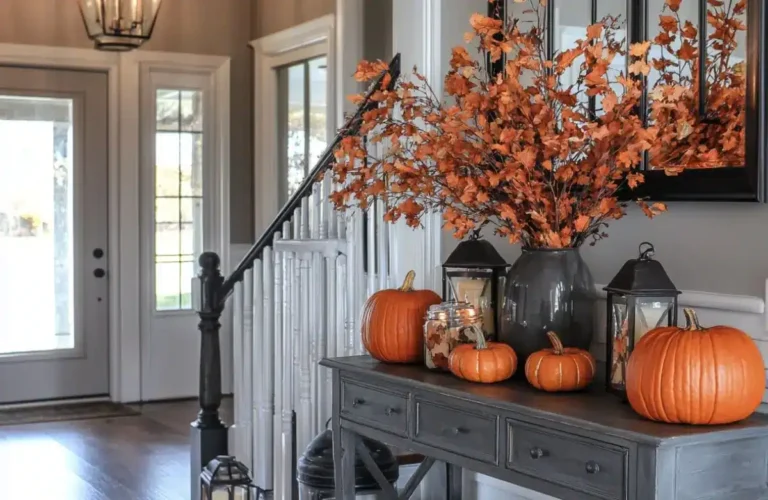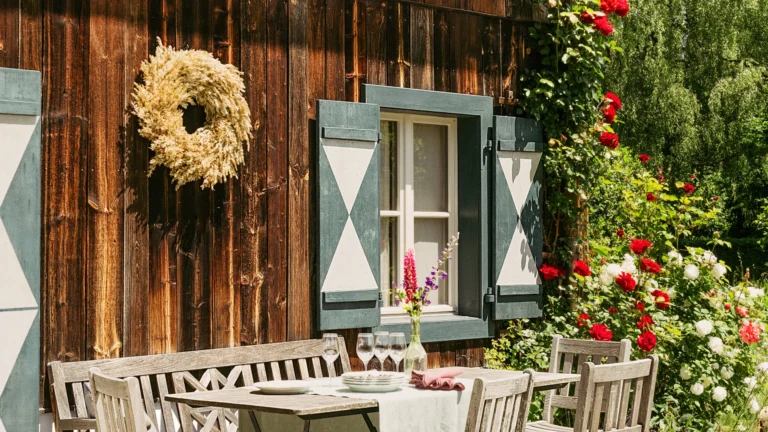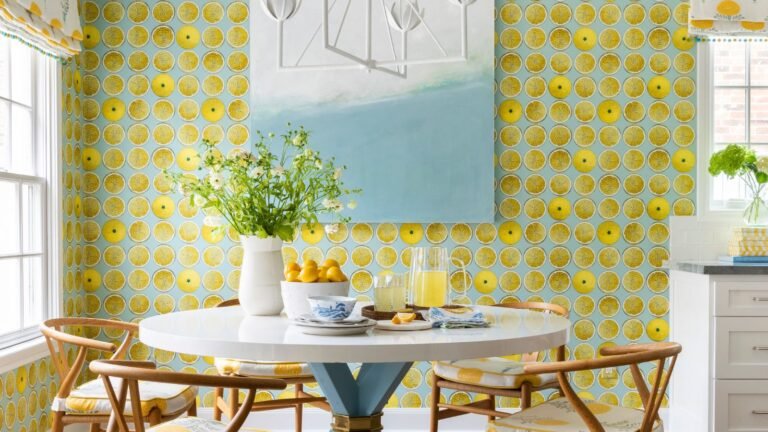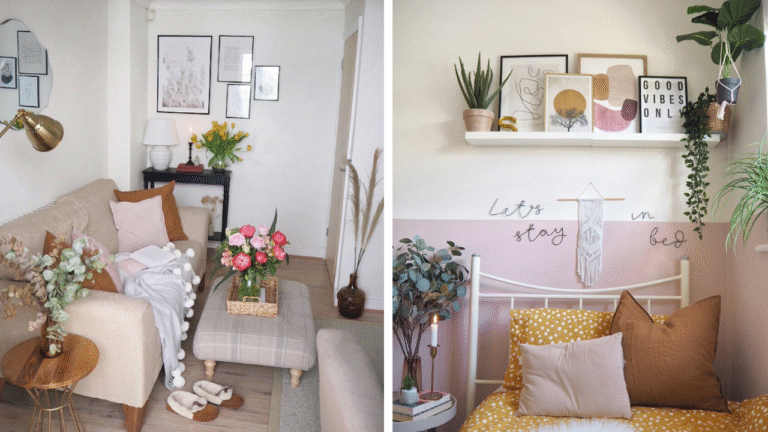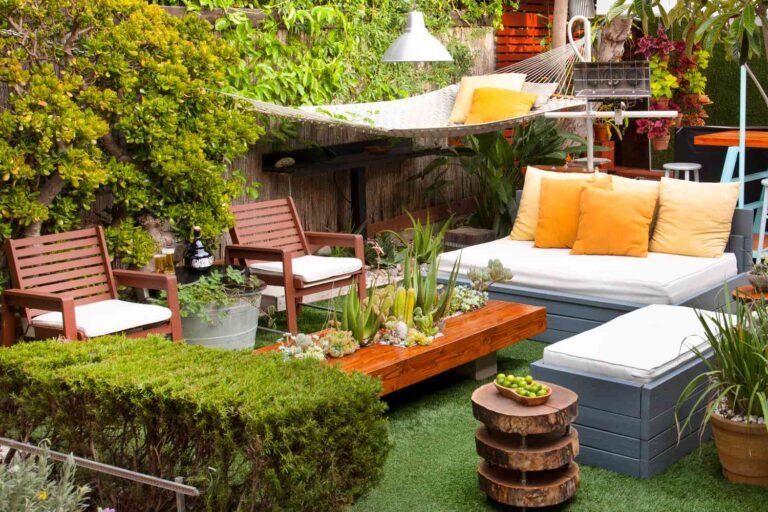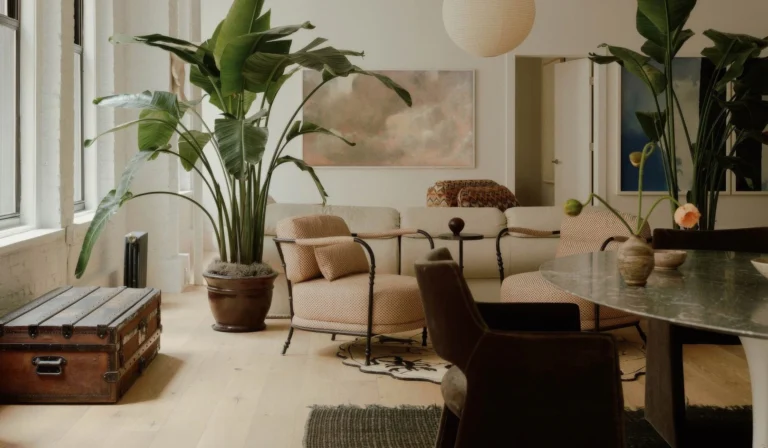Creating a Cozy and Inviting Living Room
The living room is often the heart of a home. It’s where families gather, friends come over for visits, and where you unwind after a long day. Creating a cozy and inviting living room isn’t just about picking out the right furniture; it’s about making a space that feels warm, welcoming, and comfortable for everyone who walks in. With the right design elements, lighting, and furnishings, you can create a living room that invites relaxation and connection. This guide will provide practical tips to help you design a cozy, inviting space that reflects your personal style.
Why a Cozy Living Room Matters
A cozy living room serves multiple functions. It’s a space for entertaining, relaxing, and spending time with loved ones. Its design can affect how you feel and how well you connect with those around you. A well-designed, cozy living room creates an atmosphere of warmth, comfort, and harmony. It’s not just about aesthetics—it’s about making a space that’s both functional and emotionally uplifting.
Whether you live in a small apartment or a spacious home, creating a cozy living room makes the environment feel more welcoming. The key to success lies in the details, such as color choices, furniture arrangements, and the use of textiles to bring everything together.
Choose the Right Color Palette for a Warm Ambience
The color palette of your living room plays a critical role in setting the tone of the space. Warm colors like soft neutrals, earthy tones, and pastel shades help create a relaxed, cozy atmosphere. Shades of beige, light brown, soft gray, and muted greens or blues can work wonderfully for living rooms. These tones bring a sense of peace and tranquility, making them perfect for spaces where you unwind.
If you want to add a touch of drama or warmth, consider incorporating rich accent colors, like deep red, mustard yellow, or navy blue. Accent walls or vibrant throw pillows can bring a bold touch without overwhelming the room.
Use Comfortable, Functional Furniture
Comfortable furniture is a must in any cozy living room. The centerpiece of your living room should be a sofa or sectional that invites relaxation. Look for pieces that offer plenty of cushioning and support while maintaining a stylish look. Large, soft cushions, plush throws, and warm fabrics like velvet or chenille add comfort and texture to the space.
You should also think about the layout of your furniture. Arrange seating in a way that encourages conversation and connection. Create a focal point, like a coffee table, fireplace, or TV, and arrange your furniture around it. Allow enough space for people to move freely without feeling cramped. Additionally, consider adding multi-functional furniture, such as an ottoman that doubles as extra seating or storage.
Add Soft Textures with Pillows, Throws, and Rugs
Textiles are essential for adding warmth and comfort to a living room. Soft fabrics such as wool, cotton, and fleece provide texture and warmth. Layering pillows, throws, and blankets can instantly make the room feel more inviting.
Pillows of various sizes, shapes, and colors can create visual interest while adding extra comfort to your seating area. Don’t be afraid to mix and match fabrics—velvet cushions pair beautifully with cotton throws, while linen pillows add a relaxed vibe to any room.
Rugs are also an excellent way to bring warmth and define areas in your living room. A soft area rug can anchor your seating arrangement, creating a focal point. Choose rugs that complement your furniture and color scheme, and consider adding a large rug for an extra layer of comfort.
Incorporate Natural Elements for a Calming Vibe
Natural elements such as wood, plants, and stone can bring a sense of tranquility and balance to your living room. Wood accents, whether in furniture, flooring, or wall paneling, add warmth and create a welcoming environment.
Plants also play an essential role in creating a cozy living room. Not only do they improve indoor air quality, but they also bring a touch of nature indoors. Opt for low-maintenance plants like snake plants, pothos, or succulents, or go for larger plants like a fiddle leaf fig for a more dramatic effect. A few potted plants placed around the room will make the space feel fresher and more inviting.
Optimize Lighting for Comfort and Ambiance
Lighting is crucial in any living room. It affects the mood and functionality of the space, so it’s important to layer different types of lighting to achieve a cozy and inviting atmosphere. Consider these options:
- Ambient lighting: Use ceiling lights, chandeliers, or floor lamps to provide general illumination.
- Task lighting: Table lamps or reading lights next to seating areas allow for reading or activities while offering soft, focused light.
- Accent lighting: Use accent lighting to highlight specific areas, such as artwork or architectural features, with wall sconces or pendant lights.
For added warmth, opt for warm-toned bulbs rather than cool white lights. Consider dimmers for overhead lighting to adjust the mood of the room as needed.
Personalize with Artwork and Decor
Personal touches help make a living room feel like home. Artwork, family photos, and unique decor pieces can inject personality and style into the space. Choose artwork that resonates with you and complements the room’s color palette. Framing personal photos, showcasing travel mementos, or displaying meaningful objects are all great ways to add warmth and personal character.
Additionally, decorative objects like vases, books, and sculptures help create visual interest. Just be sure not to over-clutter the space—focus on a few key pieces that enhance the room without overwhelming it.
Add a Fireplace or Candles for Extra Warmth
If possible, consider adding a fireplace to your living room. The soft glow and warmth from a fireplace provide both literal and figurative warmth, making the room feel more inviting. Even a faux fireplace can have a similar effect, creating a focal point and offering a cozy atmosphere during colder months.
If a fireplace isn’t feasible, consider adding candles. Place candles on tables, mantels, or windowsills to create soft, flickering light. Scented candles can also introduce pleasant fragrances that add to the cozy atmosphere.
FAQs
1. How do I make a small living room feel cozy?
To make a small living room feel cozy, focus on soft lighting, warm colors, and layered textures like throw pillows and rugs. Use space-saving furniture and arrange it in a way that promotes conversation and comfort.
2. What color palette is best for a cozy living room?
Warm neutrals, earthy tones, and soft pastels are great choices for a cozy living room. You can introduce bold accent colors like mustard yellow, deep green, or navy blue through decor and accessories.
3. How can I make my living room feel inviting without a fireplace?
You can create a cozy and inviting atmosphere by using candles, warm lighting, and soft textures like wool blankets and plush pillows. Adding plants and artwork also helps personalize the space.
4. Should I choose large furniture for a small living room?
In a small living room, it’s better to choose smaller, space-saving furniture that doesn’t overwhelm the room. A compact sofa with a few carefully chosen chairs or ottomans can make the space feel cozy without feeling cramped.
5. How do I choose the right lighting for a cozy living room?
Layer your lighting to create a cozy living room atmosphere. Combine ambient lighting, task lighting, and accent lighting to provide sufficient illumination while adding warmth. Opt for warm-toned bulbs to enhance the cozy vibe.
Conclusion
Creating a cozy and inviting living room is all about balancing comfort, style, and personal touches. By carefully selecting the right color palette, furniture, lighting, and accessories, you can transform your living room into a space that encourages relaxation and togetherness. Remember, a cozy living room is not just about the aesthetics—it’s about creating an environment where you and your loved ones feel truly at home.
References
- “How to Make Your Living Room Cozy,” HGTV.
- “The Psychology of Color in Interior Design,” Psychology Today.
- “Essential Elements of Interior Design,” Architectural Digest.

